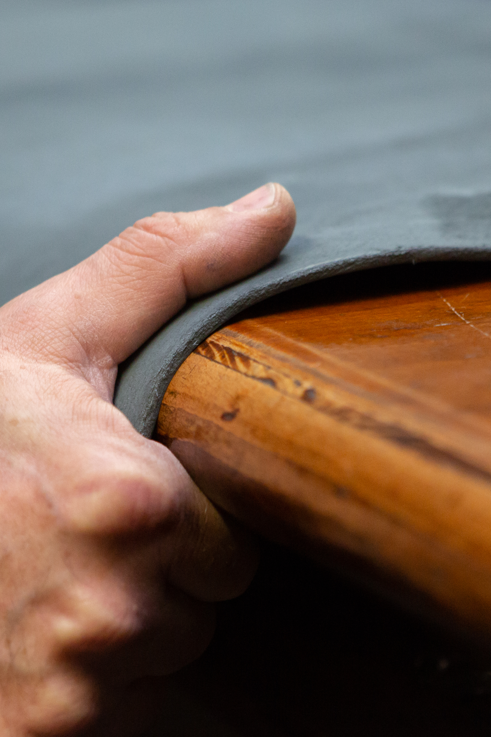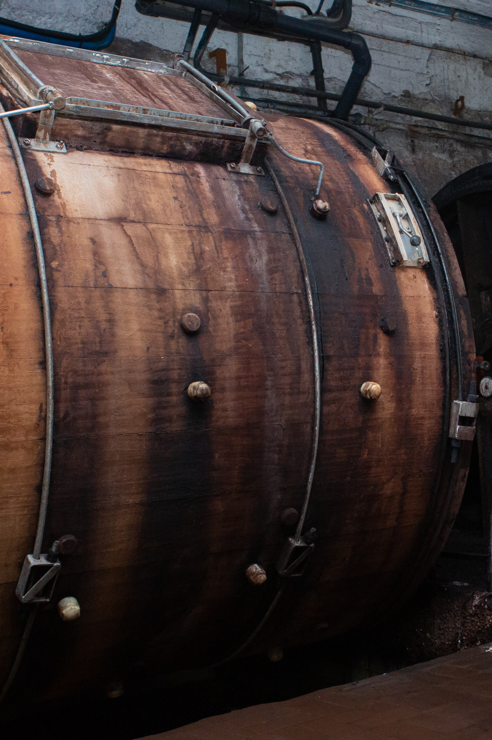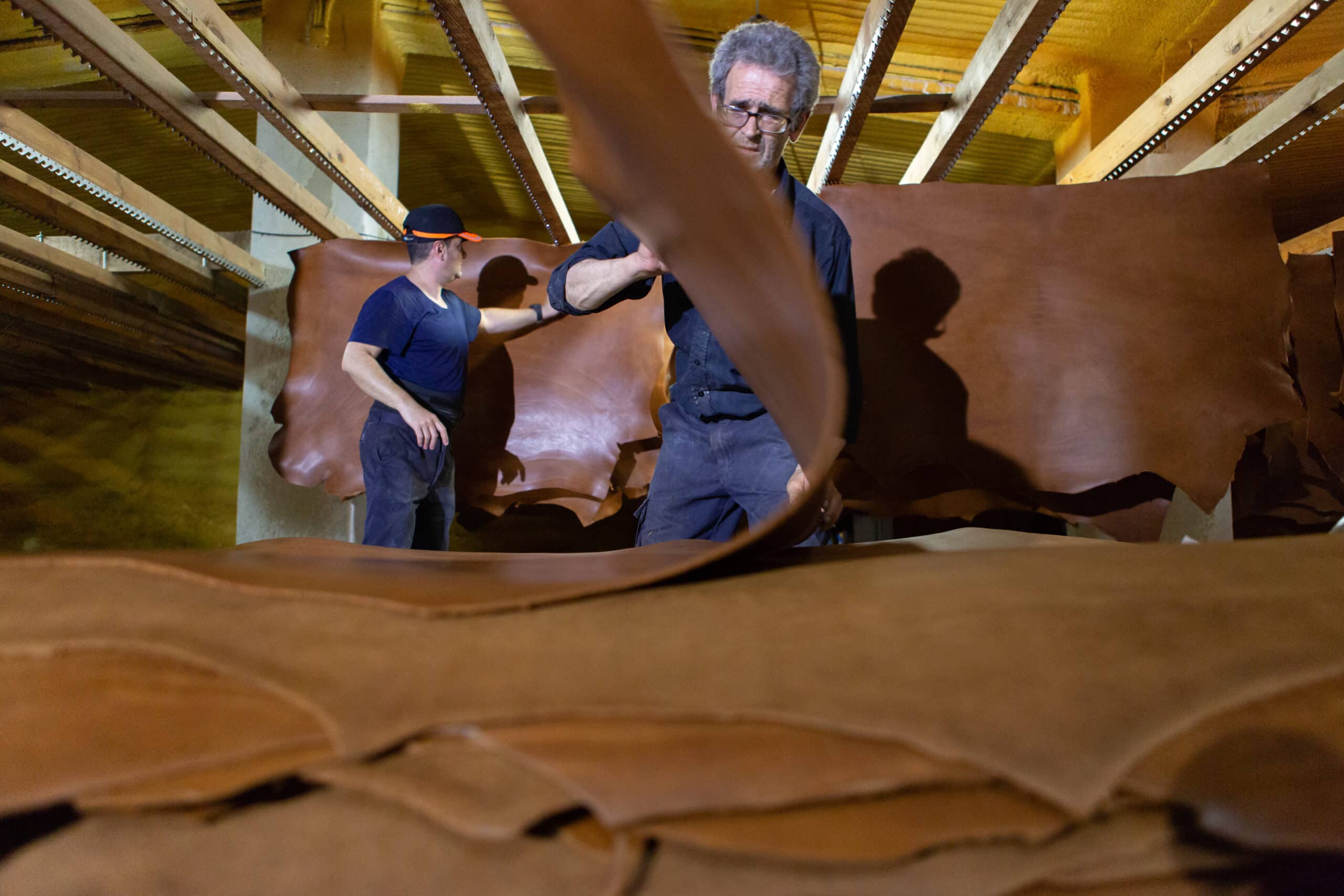Content published by: ChooseRealLeather
Leather industry organisations from across the world have called on the UN Climate Change Conference Forum 2026 (COP26), which will be held in Glasgow, to recognise the role that leather and other natural fibres can play in tackling climate change. The Leather and Hide Council of America (L&HCA) and Leather Naturally from the UK are among the organisations that have adopted a manifesto campaigning for a natural fibre route to sustainability.
The document highlights the role natural materials can play to limit climate impacts of consumer materials, especially when compared to synthetic, fossil fuel-based competitor materials.
Leather Manifesto
The manifesto states: “The world needs materials that are sustainable, renewable, readily disposable and most importantly, do not add to the burden of atmospheric carbon.
“Natural fibres, such as leather, cotton, wool, mohair, alpaca, silk, hemp and mycelium, are part of the biogenic carbon cycle and as such are comprised of carbon that has been in the atmosphere for a millennia.”
“These readily available raw materials, when ethically and properly produced, are an important replacement for fossil fuels, reducing the need for its extraction and retaining more carbon in the ground.”
Biodegradable Solution
“Furthermore, at the end of life, properly produced natural materials will biodegrade, limiting their impact and mitigating harmful emissions, such as microplastic pollution, associated with the synthetic materials that they replace”. Read the full text of the manifesto here.
You can access the original post HERE.
















